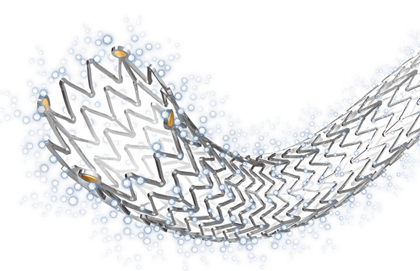At present, there is more than one dual layered stent in the market offering additional protection in carotid PCI. Therefore we saw fit to look at these devices to compare class benefits and find any specific differences.

This study assessed the safety and efficacy of two dual layered mesh covered stents especially designed for carotid PCI. These had been already assessed separately and in small studies: the Roadsaver de Terumo and the CGuard de InspireMD.
A meta-analysis was carried out of studies that had included over 100 cases. Primary end point was death or stroke rate. Secondary end points included restenosis and thrombosis.
Patients were divided in two groups according to device: Roadsaver (n=250) and CGuard (n=306).
Mortality rate at one-year followup for Terumo was 2.8%, while CGuard obtained 1.31%, a non-significant difference.
Something similar happened with stroke (1.6% vs 1.9%, respectively).
Read also: Number of Hours of Sleep and Risk of Stroke.
A clinical indication of carotid PCI was the only predictor of death or stroke.
The only significant difference was restenosis, with 4% for Roadsaver and 0.65% for CGuard (p=0.007). One patient in each group developed stent thrombosis.
The use of Terumo was the sole predictor of restenosis.
Conclusion
With an extremely low annual rate of stroke for both devices, it seems dual layered mesh covered stents are taking hold of carotid PCI. Restenosis rate in one of the devices resulted superior to its competitor’s, though still within a low rate.
Original Title: Use of Dual-Layered Stents for Carotid Artery Angioplasty. 1-Year Results of a Patient-Based Meta-Analysis.
Reference: Eugenio Stabile et al. J Am Coll Cardiol Intv 2020;13:1709–15.https://doi.org/10.1016/j.jcin.2020.03.048.
Subscribe to our weekly newsletter
Get the latest scientific articles on interventional cardiology





